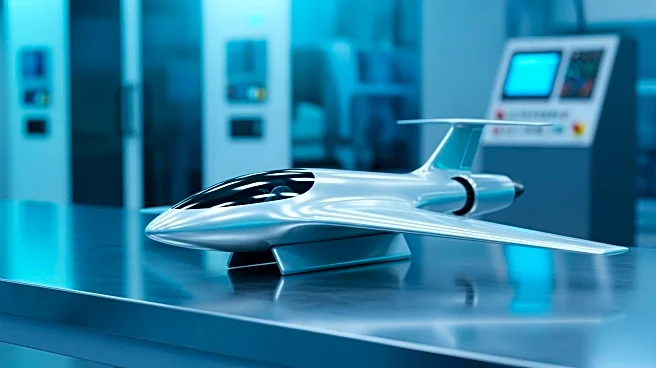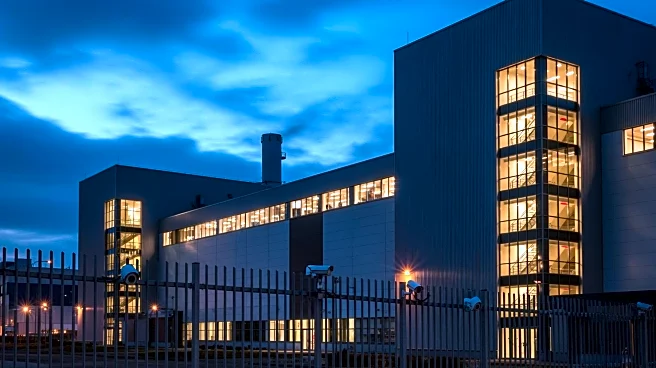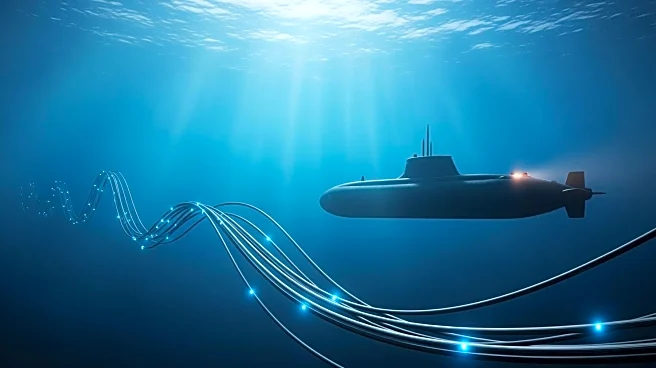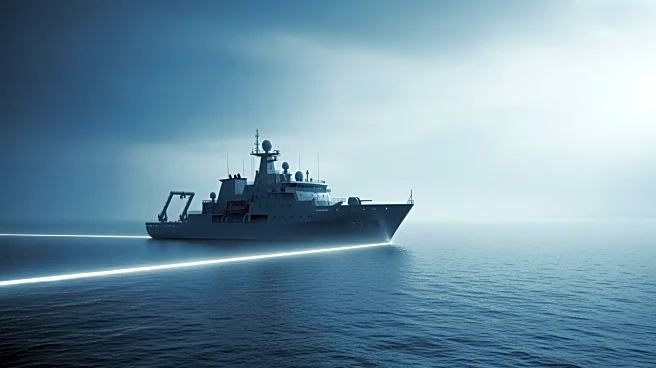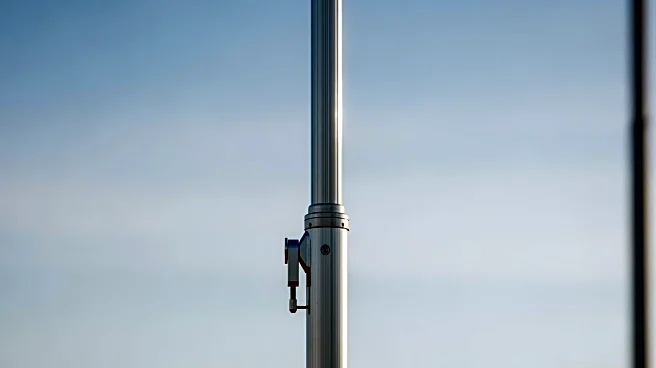What's Happening?
Germany's Helsing has inaugurated its first UK 'Resilience Factory' in Plymouth, where it will produce and maintain SG-1 Fathom underwater gliders. The facility, announced in July 2025, is part of Helsing's
GBP350 million commitment to the UK under the 2024 Trinity House Agreement. The factory will serve as Helsing's Maritime Centre of Excellence, focusing on research and development. The SG-1 Fathom systems are integrated with Helsing's software command-and-control platform, Lura, which uses a large acoustic model to interpret acoustic signatures from vessels and submarines. This technology allows for faster differentiation between vessels compared to human operators. Helsing has begun production and trials of its systems at the British Underwater Test and Evaluation Centre in Scotland, with additional sea tests conducted in the Western Approaches, Scotland, and Western Australia.
Why It's Important?
The establishment of Helsing's Resilience Factory in the UK marks a significant investment in maritime technology and defense capabilities. The SG-1 Fathom underwater gliders, equipped with advanced software for subsurface surveillance, have potential applications in anti-submarine warfare. This development enhances the UK's technological infrastructure and defense readiness, potentially boosting local employment and expertise in maritime technology. The integration of dual-use technology for surveillance and defense purposes underscores the strategic importance of the facility, contributing to the UK's maritime security and technological advancement.
What's Next?
Helsing's ongoing trials and production at the UK facility suggest a focus on refining and expanding the capabilities of the SG-1 Fathom systems. As the factory becomes fully operational, it may lead to increased collaboration with UK defense agencies and further investment in maritime technology. The successful deployment of these systems could influence future defense strategies and partnerships, potentially leading to expanded use cases and international collaborations. Stakeholders in the defense and technology sectors will likely monitor the outcomes of Helsing's trials and production closely.
Beyond the Headlines
The integration of advanced acoustic modeling and autonomous technology in Helsing's underwater gliders represents a shift towards more sophisticated maritime surveillance methods. This development could lead to ethical and legal discussions regarding the use of autonomous systems in defense and surveillance. The ability to deploy hundreds of gliders for monitoring underwater areas raises questions about privacy, data security, and the balance between technological advancement and ethical considerations in defense applications.
